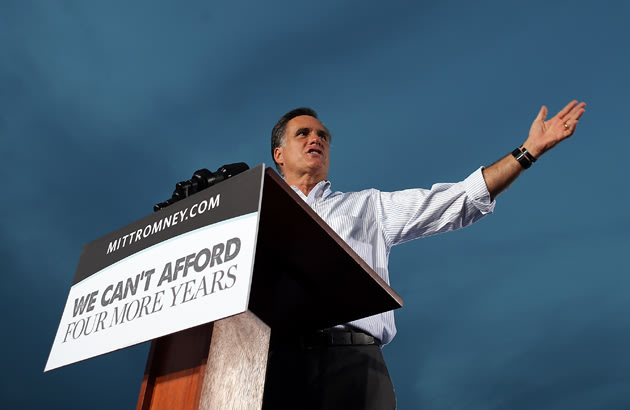 A man waits for the Microsoft Store to open in Seattle on Friday
A man waits for the Microsoft Store to open in Seattle on FridayCourtesy Microsoft.
The first thing you?ll notice about Windows 8 is that it isn?t one operating system. It?s two. There are a couple different ways to do pretty much everything in Microsoft?s new OS. This sounds complicated, but it?s by design. Microsoft?s main goal in building Windows 8 was flexibility?the operating system is meant to run on traditional PCs, touchscreen tablets, and a new class of in-between ?hybrid? devices (picture an iPad with a slide-out keyboard). To make all this possible, Microsoft shoved two different interfaces into Windows 8. For every computing task, you can use traditional Windows programs or new, ?modern? programs, which look and work completely differently from the old stuff. Microsoft is hoping that you?and just as important, programmers?will love the new way. And it?s hoping that all this novelty will propel Windows back to the top of the tech world.
I hope it succeeds. If Windows? new interface takes off, it will be a boon for users, programmers, and for the tech industry as a whole. It will make for better, faster, safer computers, and probably ones that last longer, too. But that?s a big if. The trouble for Microsoft is that Windows 8?s new programming model is pretty similar to Apple?s model?it limits what apps can do, and it requires apps to go through Microsoft?s built-in Windows Store. Lots of Windows users, and lots of Windows programmers, are hooked on the old way of doing things, and they may not take to the Apple-esque model.
The bigger problem is timing: The Windows Store would have been a hit five years ago. Today it?s just one of many app stores, and the Windows name no longer carries the cachet with programmers it once did. In the 1990s, Windows beat the Mac because it attracted more people to create more and better software?and more and better software made Windows better for users, which led to more software, and on and on in a virtuous network effects loop. But now Microsoft finds itself on the wrong end of this phenomenon. Apple?and, to a lesser extent, Android?are winning the network effects war, and it?s going to be very hard for Microsoft to come back.
But first, for people who haven?t used Windows 8, let me describe what I mean by the ?old? and ?new? way of getting stuff done. When you turn on any new Windows computer, your programs will run in one of two distinct interfaces. First, there?s the Windows you?re familiar with?the classic interface that lets you run multiple programs in different windows at the same, and that works best with a mouse and keyboard. In Windows 8, that interface is called the Desktop. If you buy a computer with Windows 8 and you don?t like the fact that everything?s different, just click the Desktop icon and you?ll feel right at home.
Then there?s the new Windows interface. Microsoft used to call it ?Metro,? but that name was too simple (and already trademarked by somebody else), so now, insanely and noncatchily, the company refers to the interface as the ?Modern UI style.? This modern interface is Windows 8?s main view; it?s what greets you every time you start up your Windows 8 computer. Apps designed for this new view are completely different from Windows programs of yore. First, new apps are optimized for touchscreen devices?app elements are big enough to hit with a finger, and the system can respond to multifinger gestures. What?s more, these new Windows programs don?t run in windows. Instead, by default, a ?modern? Windows app takes up your whole screen, and at most you can have two modern apps on your screen at the same time?one huge one and one in a small sidebar. In other words, these are like the apps you run on your iPad.
Just as iOS apps are only available through Apple?s App Store, you can get modern UI style Windows apps only through Windows 8?s built-in Windows Store. And the Windows Store has strict rules: Apps designed for the modern UI must declare how they?re going to use your system, they?re limited to performing only a few actions in the ?background? (that is, when you switch to other apps), they?ve got to be kind to your computer?s battery, and they?ve got to be easy to uninstall and upgrade. In February, when I first wrote about this new regime for Windows programs, many loyal Windows fans responded with horror. The Windows Store seemed to represent the Apple-ificiation of Microsoft. One of the things people love about Windows is the freedom it gives to programmers and users?you can run pretty much any program you want, and programs have the ability to access every part of your system. The new model circumscribes those liberties. It transforms Windows machines into something closer to appliances.
Source: http://feeds.slate.com/click.phdo?i=efcc8c7632cd6514e6c4720cd4fe93c8
st patrick s day parade duke invisible children garbage pail kids st bonaventure ncaa tournament 2012 peyton manning 49ers










